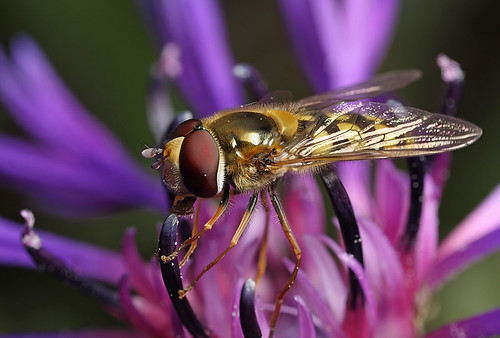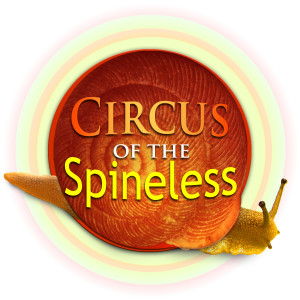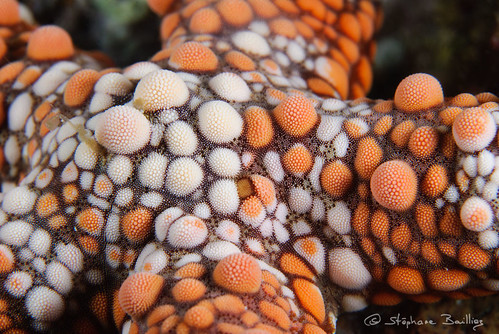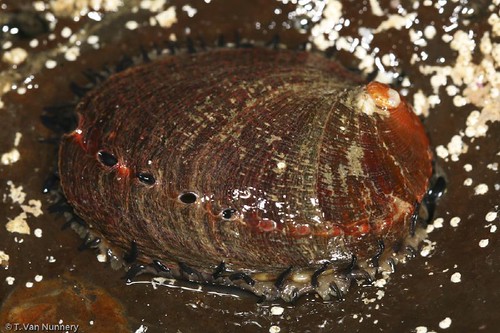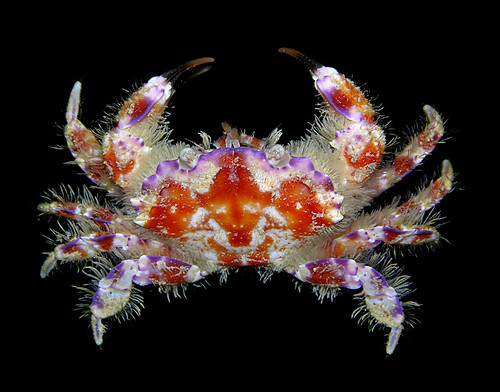We've got two new Ocean Inspired Donors Choose projects that have been funded in the Oceans in the Classroom Challenge! The first one that was funded on Thursday was the awesome Invertebrates in my Tank project that will provide lots of kids with the opportunity to explore one of our favorite subjects: marine inverts!
The Inverts in my Tank card is the 6 of Spades — The Slipper Snail, Crepidula fornicata.

Classification for the Atlantic Slippersnail
- Kingdom
- Animalia
- Phylum
- Mollusca
- Class
- Gastropoda
- Order
- Littorinimorpha
- Family
- Calyptraeidae
- Genus
- Crepidula
- Species
- C. fornicata
I pulled this card for several reasons. First it has the cutest little veliger larvae. Second, it is all over the place here in Long Island Sound. And lastly, it is a prime example of a reproduction strategy that is comparatively rare in the animal world in general, but much less so in molluscs: protandrous sequential hermaphroditism. You may recall
Dr. M's recent post, "
Who likes protandric hermaphrodites?", in which he described the strategy, while reporting new findings about
Idas washingtonia, a deep-sea clam.
Like
I. washingtonia, the Atlantic Slippersnail (
Crepidula fornicata), is a protandric sequential hermaphrodite. While they strongly resemble limpets externally, and are often called slipper limpets, they are indeed gastropods that are common inhabitants of the sub– to intertidal area of New England rocky coasts where they are often found in stacks, like the one pictured, from 3 to 20 individuals. Unfortunately, they are also an invasive species becoming all too common in areas outside its native range, where their filter feeding capabilities may negatively affect native and aquacultured filter feeding molluscs.
As Dr. M described in his post, many protandrous sequential hermaphrodites change sex based on size. A prevailing theory (the size-advantage hypothesis) predicts that a species will change its sex at a particular size that allows the individual higher reproductive success. Generally, this means smaller Atlantic Slippersnails are males and larger ones are females. It is energetically expensive for females to produce large, energy–rich eggs. It is very common in the marine realm that older, larger females produce more eggs of larger size and higher quality with resultant higher success rates. For guys to produce sperm is a comparatively inexpensive expenditure of energy. Even a wee lad can produce enough sperm of suitable quality to reproduce successfully. (Whether or not a female will have him, of if his sperm can out compete a larger male's sperm, is a different issue.)
C. fornicata follows this trait — for the most part. When the planktonic veliger larvae metamorphose and settle to the bottom, they are attracted to chemical cues produced by the adults. This guides most settling juveniles to land on, or very near, existing individuals or stacks. They then make their way (ever slowly) to the top of the stack and mature into young males. In paternity studies the oldest, largest males (sometimes the same size as females) are responsible for the majority of the viable larvae from females in the stack (upwards of 83% of larvae coming from one father). Younger males further up the stack do have some successes, though, and the more males (and more larger males) in a stack the more sperm competition appears to play a significant role in each individual's success and the less dominant the dominant male becomes. At a certain point these large dominant males may be better off as females sharing the reproductive success among a few females instead of many highly competitive males.
If a settling juvenile misses the chemical cues or for some other reason does not stack onto an existing individual or group, it will mature through a very brief male phase then become female, hopefully attracting juveniles from the next batch to settle on to it. Given that there are solitary (small) post settlement females and that some older males in a stack are as big as their female stackmates, size is clearly not the sole cue for sex change in
C. fornicata. There is some plasticity in the change and social interaction appears to play a strong role on the size of the individual undergoing sex change.
You can probably see why sequential hermaphroditism is such an interesting area of study. There are several general hypotheses, but there are also so many individual variations on those general themes, that it seems we will never run out of study material!
And now a word for our Challenge this month
If you have contributed to the Oceans in the Classroom Challenge - Thank you so much!! These posts and previews are for you! You have helped the Ocean Bloggers make a difference in at least 300 kids' lives. (More considering many projects have reusable multi-year assets!)
If you have not yet given to the Donors Choose
Oceans in the Classroom Challenge, please consider giving today. I know times are tough. I am a grad student with a family to feed. Believe me, I get how tough it is. Still every amount is welcome and appreciated. For my family's donation it means I have to brown bag it for two weeks. But you know, that's a small price to pay in exchange for knowing that we are exposing hundreds of kids to the science of the ocean. There is even a kindergarten class project in there -
Commotion in the Ocean. Talk about a great time to open a kid's mind to the ocean and science!! If 25 readers give just $10 each, we'll help a dedicated young teacher expose 18 high poverty area kindergarten kids to science and the ocean.
There is a chance, still, to get an additional $2,000 dollars of matching funds donated by HP, but it will only happen if we can get to $2,000 donated from the Ocean Bloggers readers today. It won't be easy, but it's a great chance to really increase our impact! Please give to the Challenge!
References
Proestou DA, Goldsmith MR, & Twombly S (2008). Patterns of male reproductive success in Crepidula fornicata provide new insight for sex allocation and optimal sex change. The Biological bulletin, 214 (2), 194-202 PMID: 18401001
Richard, J., Huet, M., Thouzeau, G., & Paulet, Y. (2006). Reproduction of the invasive slipper limpet, Crepidula fornicata, in the Bay of Brest, France Marine Biology, 149 (4), 789-801 DOI: 10.1007/s00227-005-0157-4









